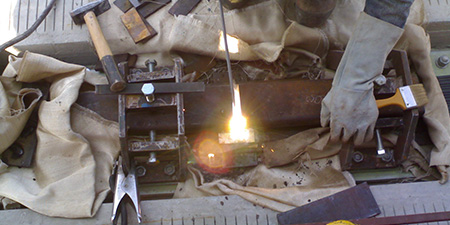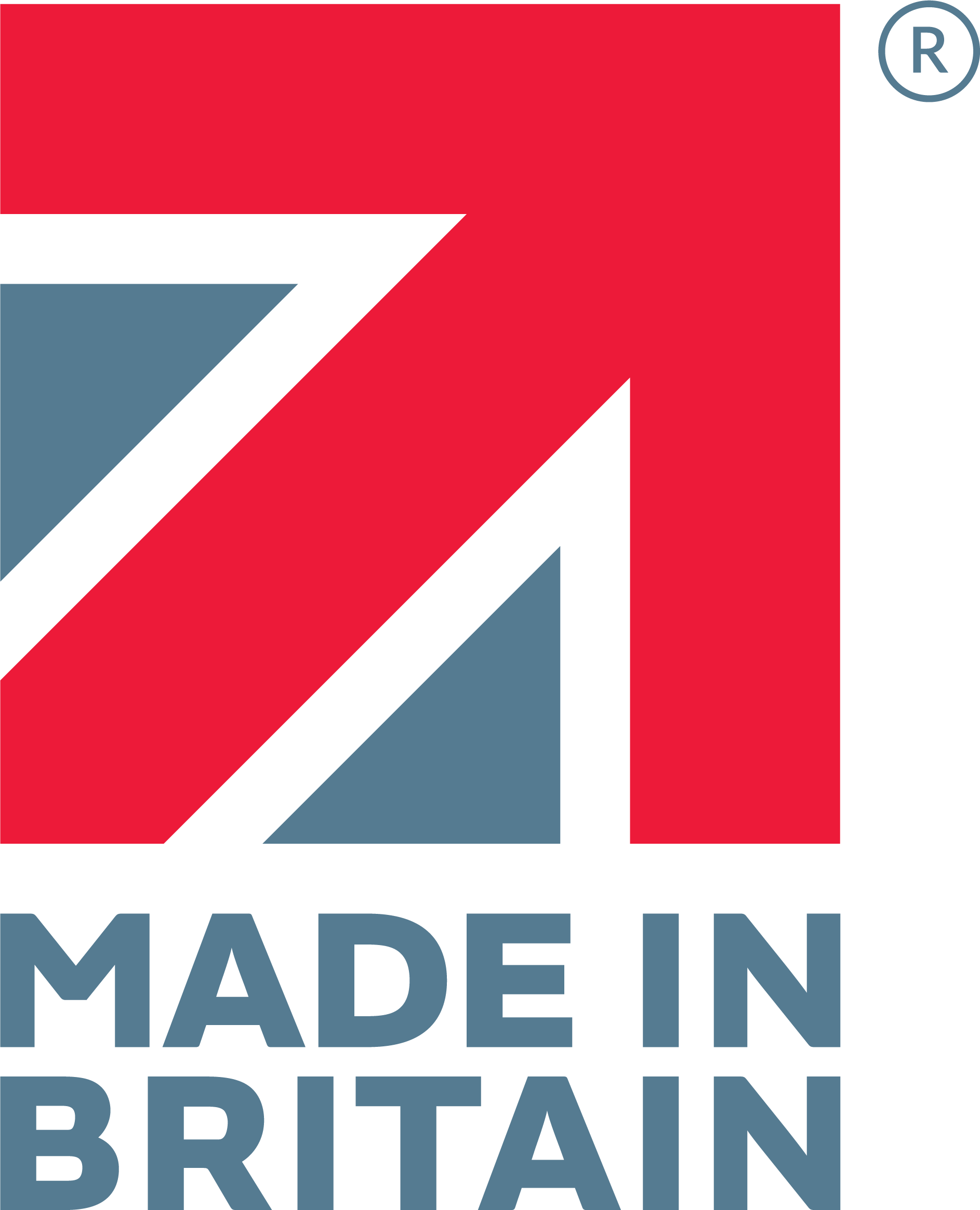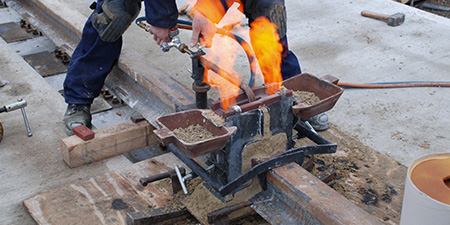Welding processes
There are a number of welding methods in use throughout the world. Gantrail will suggest and then use the most appropriate method dependent on the location, available personnel, equipment and consumables. For very large projects it is often a requirement to train some local staff.

Crane Rail Welding
Cranes operate best when the rails on to which they run are welded into continuous lengths. However rails are difficult to weld as they:
- Have high carbon content to give them wear resistance
- Have a high carbon equivalent and must be welded using special techniques
- Are considered to have a large and awkward section for welding
Crane and railway rails are made from steel grades that are not easily welded using conventional methods. For site welding of crane rails, the most common techniques are Enclosed Arc (Puddle Arc), Aluminothermic and Flash Butt Welding (not widely used for crane rails outside the USA). Gantrail is recognised around the world as a leading company in the field of crane rail welding.
Rail Welding Methods
The Rail welding methods ideally require:
- Rails to be cut square (not bevelled as with structural welding)
- High preheat to cater for the steel composition
- High weld metal deposition rates
- Acceptable defect level for the fracture resistance of the steel
Enclosed arc and aluminothermic welding meet these criteria. Flash butt is not suitable for most large section European rails. Both aluminothermic and enclosed arc methods require the careful following of procedures by skilled operatives.

Puddle arc welding
Enclosed Arc (puddle arc) welding is widely used throughout the world for welding crane rails. Gantrail employ skilled technicians who can do this work or can train other operatives. In this method the two rail ends to be joined are cut square, placed about 20 mm apart, preheated and then welded using special manual metal arc electrodes.

Aluminothermic Welding
Aluminothermic Welding uses a refractory mould around the two square cut rails ends. After preheating the rail ends the gap of about 20mm is filled from a crucible containing a chemically heated charge of molten steel. View the Gantrail aluminothermic rail welding video to find out more.

Flash Butt Welding
Flash Butt Welding is commonly used for welding railway rail in steel mills before shipment. It is sometimes used for site welding crane rails. It requires thousands of amps current and hence heavy expensive equipment. The rail ends are heated by the current passing between them. When hot enough they are forged together.







/NQA-ISO-9001-Logo-UKAS.jpg)